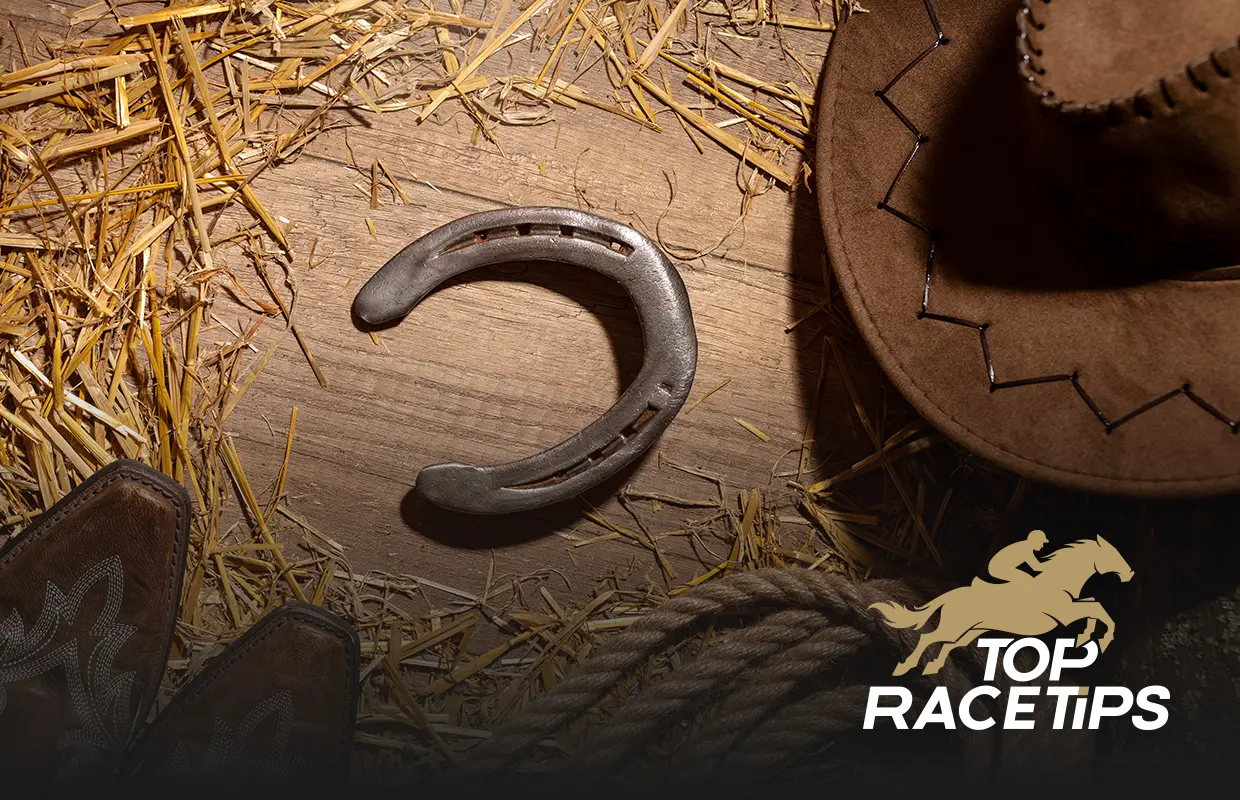
As equestrians, we know that horse and rider relationships are truly special. To maintain a happy and healthy horse, it is important to be informed about all aspects of care, especially your horse's hooves. After all, without strong hoofs, you will not have a strong horse.
With that in mind, you've probably been asked, "Why do horses need shoes?"
Let's start to uncover the story of horseshoes, find out how they help, and consider whether horses can survive well without shoes.
Horseshoes are U-shaped pieces of material (often metal) made to protect the horse's hooves. The purpose of horseshoes is quite simple and important at the same time: to minimise wear and tear, aid traction, and provide support to the hoof structure by spreading the weight of the horse.
A horse that has shoes is referred to as a "shod horse", and a horse that does not have shoes is described as "unshod" or "barefoot".
Shoes act like protective boots for horses, especially horses that walk or work on rough or hard surfaces. Hooves are more likely to wear down more quickly than they grow without a shoe to protect them, leading to soreness and sometimes injury.
To understand why shoes are important, it helps to have an understanding of hoof anatomy. The hoof looks tough, but actually has three main parts that all function together as a complex structure:
Together, these parts work like nature’s design: strong, flexible, and self-supporting. However, under modern conditions, sometimes they need some additional help.
Horses wear shoes mainly for hoof durability and protection. Just like humans wear shoes to protect themselves from injury, horseshoes protect the hoof from harsh ground.
Shoes help a horse from wearing down its hoof too fast on a demanding surface, especially if a horse is regularly walked on hard surfaces like asphalt, gravel, rocky trails, etc. Horseshoes protect sensitive areas of the hoof. For example, the frog of the hoof is especially sensitive because it has a lot of nerves and capillaries, and it is soft and tender, which can make it easily bruised or injured.
Horseshoes help minimize stress on the hoof and minimize cracks while also providing coverage and support to help maintain good hoof condition.
Horseshoes are typically made out of steel or aluminium, due to their longevity and strength.
Some specialised shoes are made from rubber or plastic but have more flexibility and can absorb some shock.
Shoes are attached by a farrier, a professional trained to care for the hoof. Specifically, the farrier will trim the hoof, fit the shoe to the new hoof size, and either nail or glue the shoe on the hoof. The process does not hurt; the nails go into the outer tough wall of the hoof. Slightly similar to trimming fingernails.
There are lots of horses that do not need shoes. It varies based on lifestyle, workload and environment. While some horses are perfectly sound barefoot, others need them. Let’s examine the pros and cons of each.
Shoes can be a valuable tool, but there is a responsibility for proper care. All horses, shoe or no shoe, need regular hoof care.
Going barefoot is becoming a very common option for horse owners who prefer a more natural approach. Some horses do very well barefoot, and some horses do not.
Barefoot can be a good option for horses that mostly walk on soft ground, but it may not be the answer for all horses. Always consult your farrier or equine vet before choosing to go barefoot.
Wild horses run free over large expanses of land. The hoof structures of wild horses wear down naturally as they travel over the daily varied surfaces. The daily movement of their feet keeps their hooves balanced and trim, so there is no foot care necessary.
Domesticated horses, however, lead very different lives. Standing for long periods of time in a stall or walking on hard manmade surfaces, the feet of domestic horses require hoof trimming and frequently require shoeing for foot protection.
That is the key difference: wild horses live the way nature intended; domestic horses do not.
Shoes are essential for many horses, providing protection, traction, and balance that their hooves could not maintain on their own in domestication. Many horses thrive barefoot, while others need shoes to keep them comfortable and safe from injury. We recommend consulting with a farrier to find the most suitable hoof care plan based on your horse's motion level, environment, and comfort level. Healthy hooves mean a happy, strong horse.
Not all horses need shoes. Horses that mostly travel on soft surfaces can remain barefoot, while those on a hard or rough surface may require shoes for protection.
Usually, shoes should be reset or replaced every 4 to 6 weeks, depending on hoof growth, level of wear, and amount of work performed by the horse.
No, there is nothing painful about shoeing a horse. Nails go into the outer part of the hoof, which does not have nerves, just like cutting our human nails doesn't hurt.
Yes, but it needs to be done gradually and with careful supervision of a farrier or veterinarian. It may take time for the hooves to harden and adjust to going barefoot again.







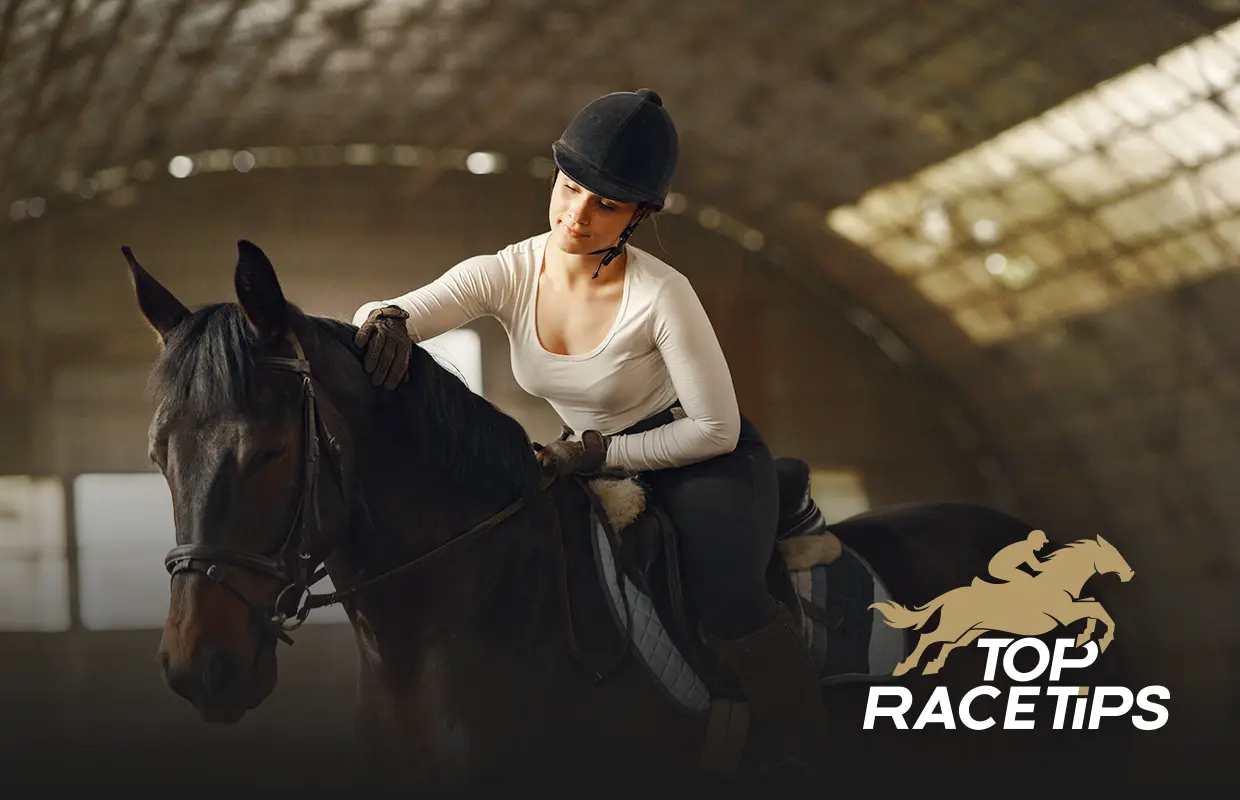
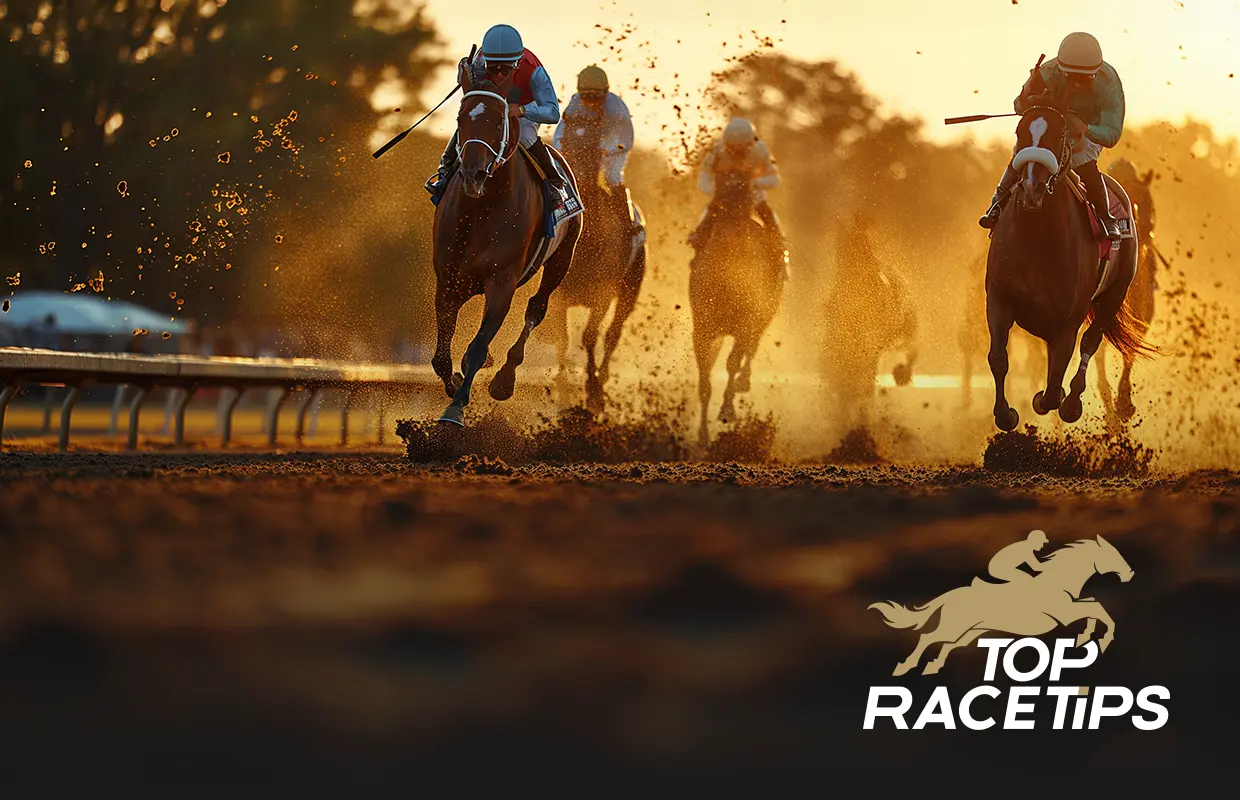
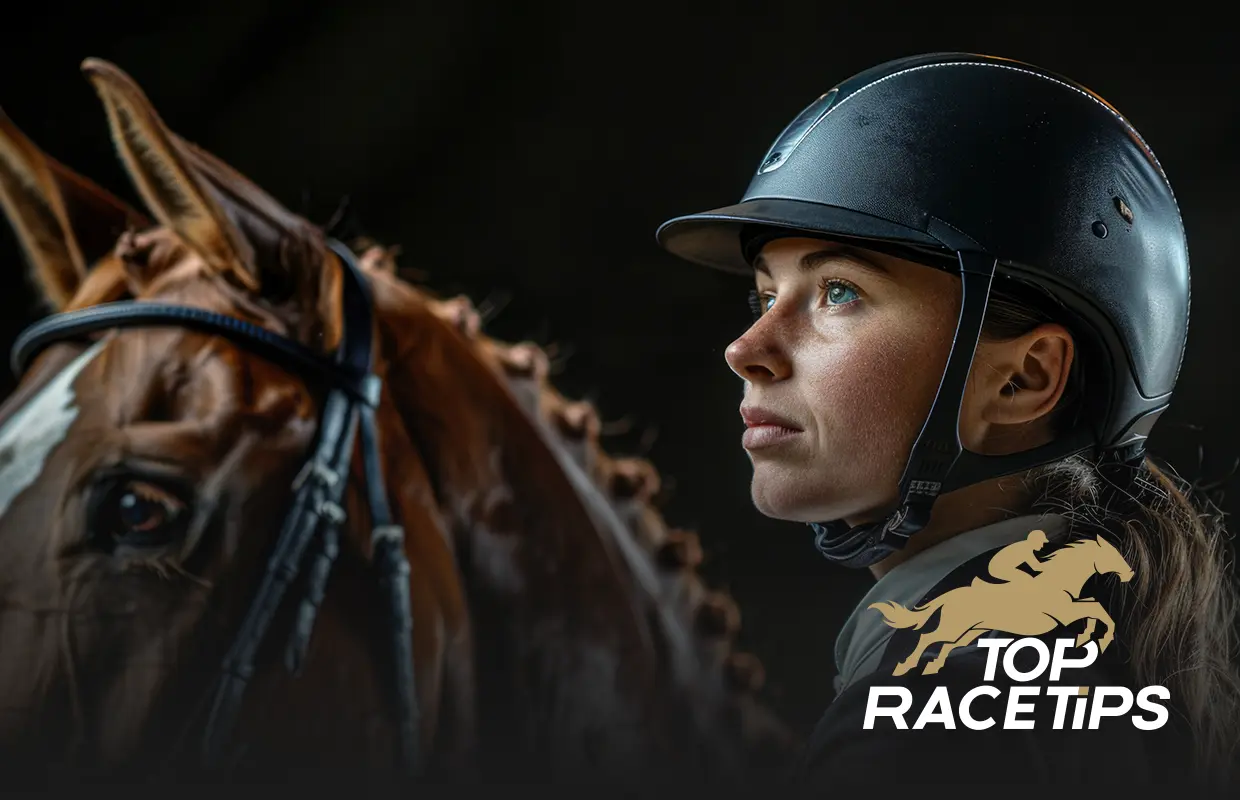
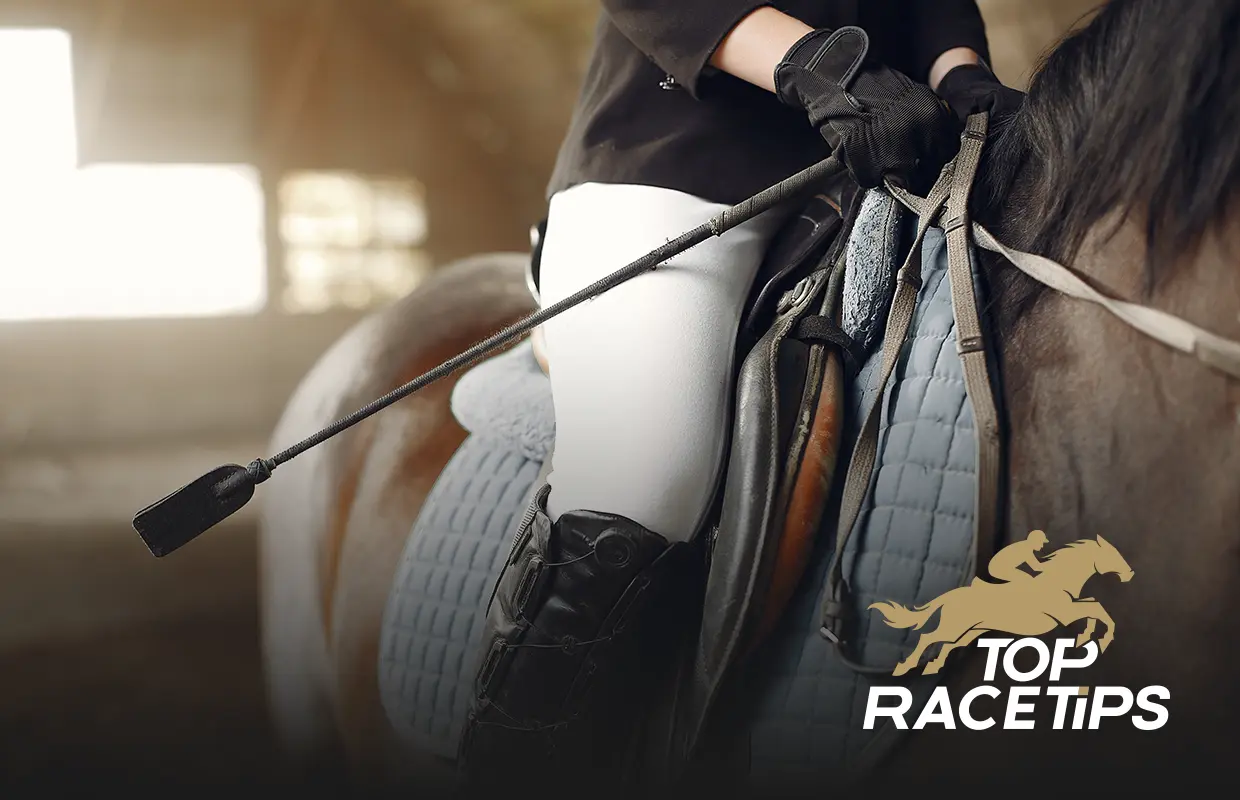
You must be logged in to post a comment.
Ride with The Best